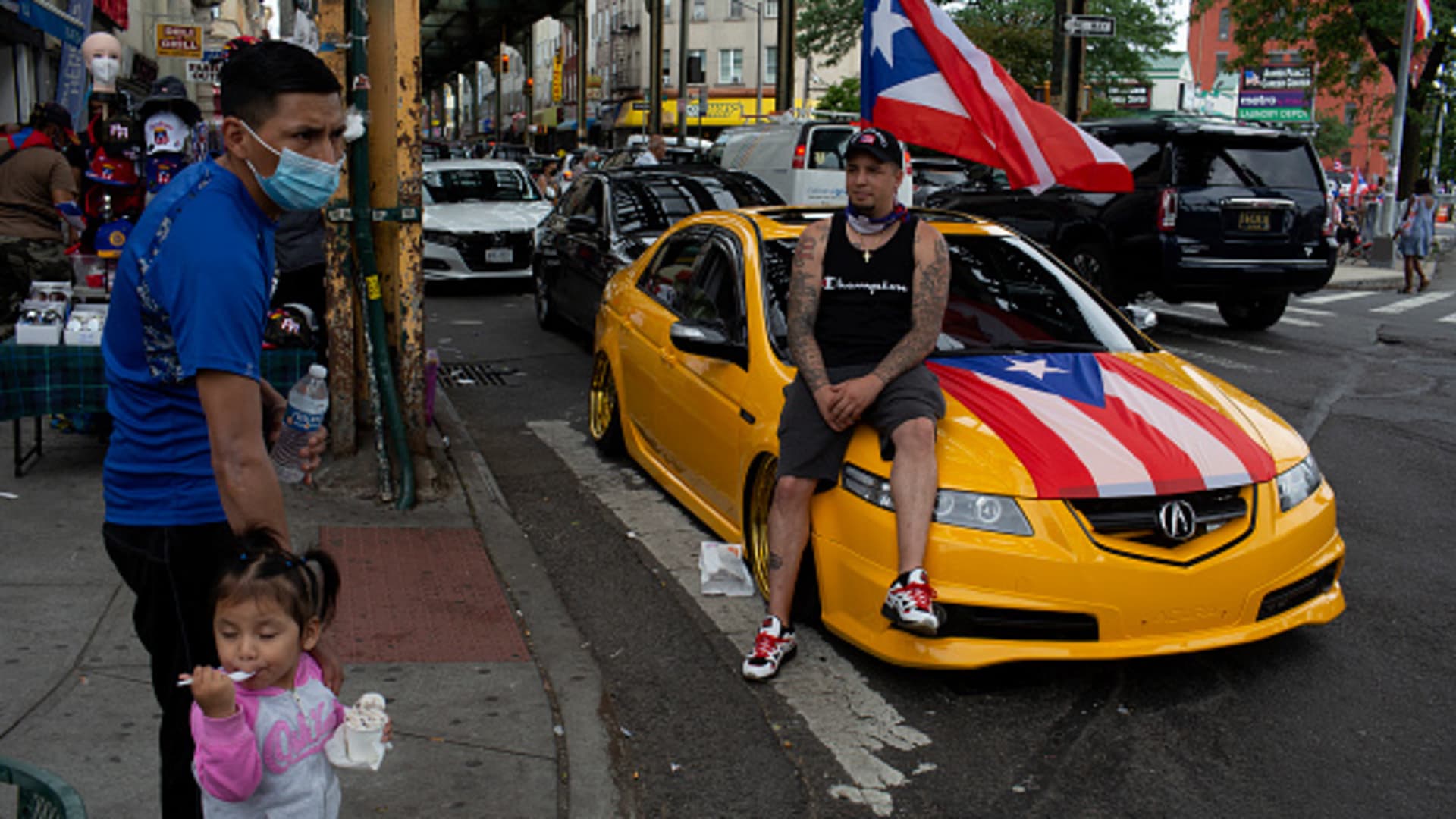The U.S. unemployment rate held steady in September but ticked down among Hispanic workers, according to data released Friday by the U.S. Department of Labor.
September’s nonfarm payrolls report showed a blockbuster month of higher numbers across the board. The economy added 336,000 jobs last month, blowing past the 170,000 estimate from economists polled by Dow Jones. The unemployment rate held steady at 3.8% and came in slightly ahead of a 3.7% forecast.
Among Hispanic workers, the jobless rate decreased to 4.6% from 4.9%. Broken down, it dipped to 4.3% from 4.4% among Hispanic women and held steady at 4.3% for Hispanic men.
Meanwhile, the labor force participation rate, which measures the percentage of people working or actively searching for employment in a population, rose to 67.3% from 67.1% in August.
The combination of a downtick in unemployment and increase in labor force participation is a “best of both worlds” scenario for the group, according to Michelle Holder, associate economics professor at John Jay College in New York.
“Latinos — with this report — fared pretty well, and job growth in leisure and hospitality could explain part of that,” she said, noting that this population tends to be overrepresented in that sector.
Elise Gould, a senior economist at The Economic Policy Institute, called the data surrounding Hispanic workers a “mild sign” of an improving labor market, but cautioned reading too much into the month-to-month metrics poised for volatility.
The jobless rate among Hispanic workers still lags that of white and Asian workers at 3.4% and 2.8%, respectively. However, it does mark a stark difference from the depths of the Covid-19 pandemic when the group experienced the highest unemployment rate, according to Gould.
“It speaks to the resilience of the labor market,” she said. “Even in the face of rising interest rates, to be able to stay strong, and have it stay strong for so long that you’re really pulling in many historically marginalized groups back into the labor market.”
However, the jobless rate did tick higher among Black workers, rising to 5.7% from 5.3% in August. Among Black men, the unemployment rate increased to 5.6% from 5%, and fell to 4.5% from 4.7% among Black women.
Despite these discrepancies, Gould noted that the jobless rate for this group does hover near year-ago levels and remains well below where it stood prior to the pandemic.
“I always take pause when I see the Black unemployment rate increase, but on the other hand, we’ve seen some volatility in the Black unemployment rate for the last few months,” said Holder.
Broken down, the labor force participation rate for Hispanic men ticked up to 79.5% from 79.2% in August and held steady at 61.8% among Hispanic women.
Labor force participation also rose among Black workers, inching up to 62.9% from 62.6% in August. For Black men, labor force participation rose to 68.6% from 68.4%, and slipped to 62.6% from 62.7% among Black women.
— CNBC’s Gabriel Cortes contributed reporting.
